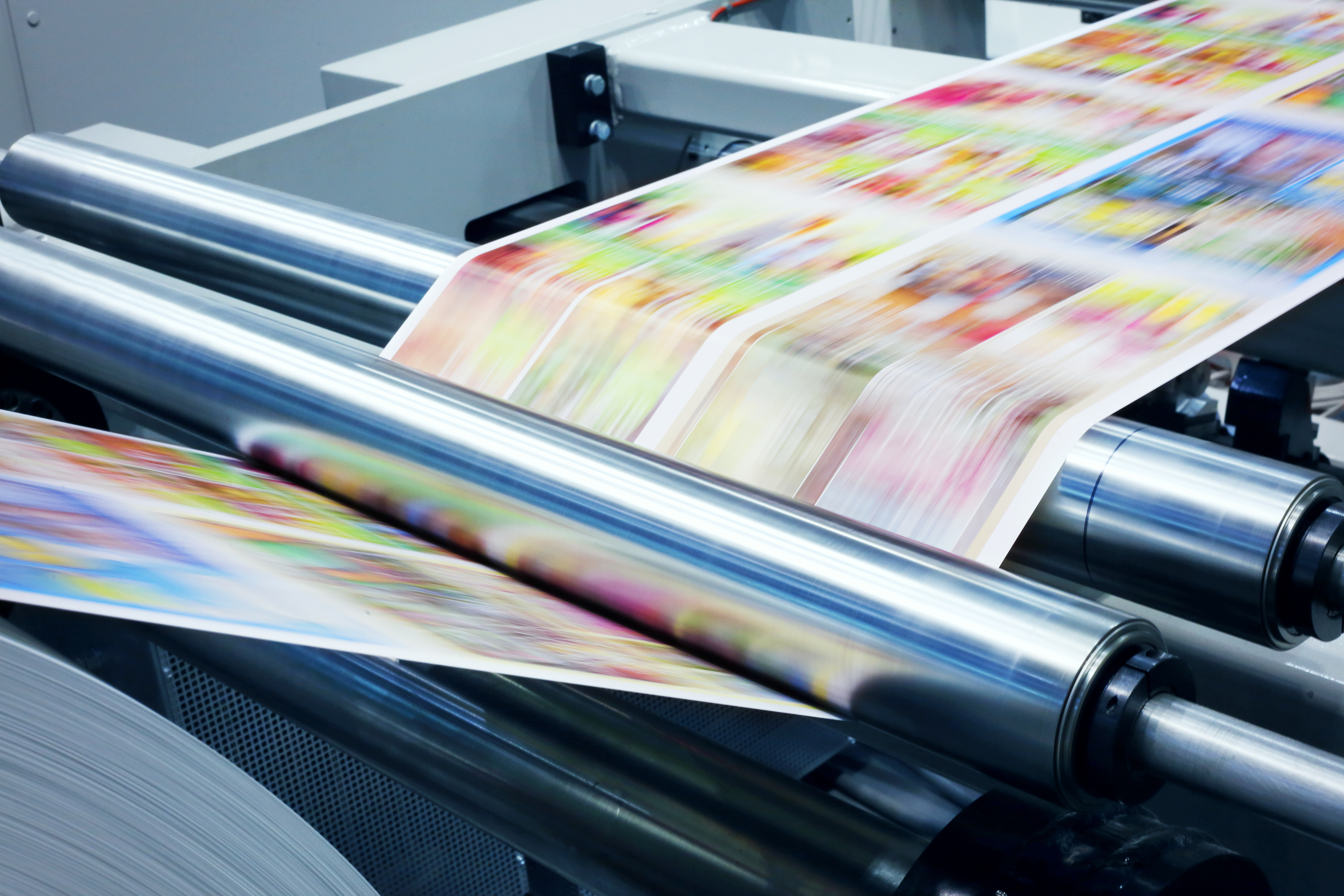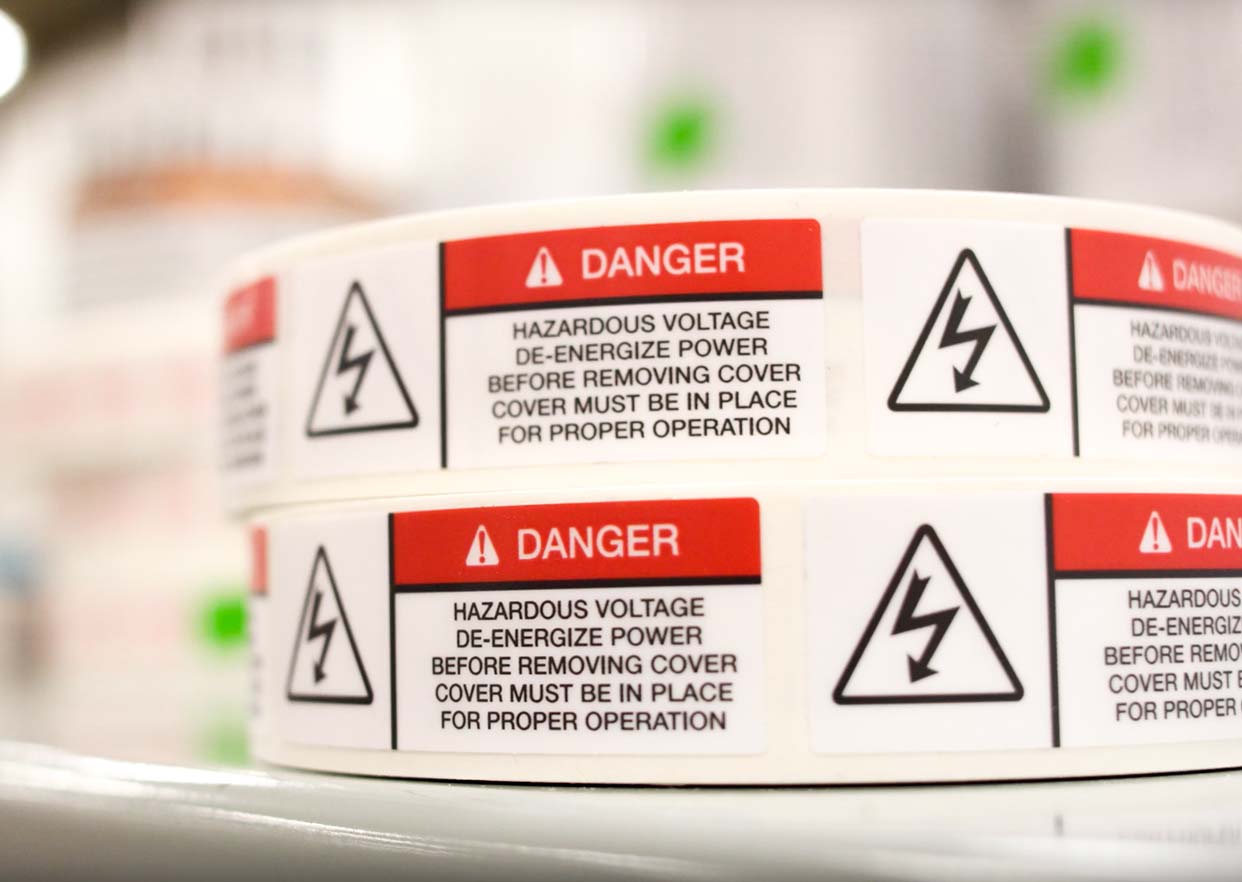Vendor consolidation. Vendor reduction. Vendor rationalization. Supply base reduction. No matter what you call it – and we’re likely overlooking a few buzzwords – the concept is simple:
Reduce the number of individual vendors that you do business with as a way of realizing a variety of cost and operational efficiencies.
Vendor consolidation can theoretically apply to nearly any business sector, but it is an especially powerful management strategy when applied to manufacturing-based industries and business inputs. You may not think of it as such but commercial printing is a type of manufacturing, and vendor consolidation is a common goal among companies that buy large quantities of printed materials to run the business. The cost and operational efficiencies derived from print vendor consolidation gives a company a competitive advantage and frees up dollars that can be invested in strategic, growth-related activities.
The 3 Biggest Advantages of Print Vendor Consolidation
When exploring print vendor consolidation strategies, the list of potential benefits is quite long. Generally speaking, however, those advantages fall into three overarching categories.
#1: Hard cost savings
First and foremost, print vendor consolidation results in immediate hard cost savings. As the volume of printed materials sourced through a given vendor increases, the per-unit cost generally declines. Buy more print from one source, you’ll get better pricing for the simple reason that the print vendor is able to spread their costs across a higher total volume work. That pricing will likely get better year over year as the vendor realizes ongoing efficiencies of their own.
There are other sources of hard cost savings, however. When buying print from multiple vendors, each separate delivery comes with its own shipping costs factored in. Take delivery of one full truckload a week and you’ll spend less on shipping and handling than if you paid multiple companies to deliver the same items on multiple trucks. Warehousing, waste and obsolescence are also likely to decline. Fewer shipments to unload and fewer individual pallets of printed materials to manage will streamline your internal logistics from end to end.
Purchasing print from one vendor also opens the door to parts consolidation strategies. For example, an appliance manufacturer might buy multiple types of labels from multiple different print vendors without realizing that a single label specification might work perfectly for every style of appliance they manufacture. Fewer distinct parts means higher print volumes for one part, which reduces the per-unit cost. If you work with multiple vendors, this type of opportunity might never present itself. However, work with a single vendor and it’s likely that your print partner will point out such opportunities in the interests of strengthening the relationship.
#2: Soft cost savings
Print vendor consolidation also creates immediate soft cost savings. Think about it. With each additional print vendor comes a relationship that must be managed. With that relationship comes a variety of tasks and responsibilities that drain time and resources from your organization:
- Contracts that must be negotiated.
- Invoices that must be processed.
- Shipments that must be tracked.
- Inventories that require planning and monitoring.
- Ordering portals to be trained for, used and maintained.
- Phone calls and emails to respond to, and so forth.
By consolidating print vendors, the administrative time and energy that goes toward sustaining all of those individual relationships is freed up for strategic, growth-oriented activities. This, in turn, will result in additional benefits to your bottom line over time.
#3: Brand control and consistency
Costs aside, working with multiple print vendors also carries a substantial amount of risk for your brand. With each vendor comes an element of variability in how they produce your printed materials. Their ability to reproduce your signature color accurately. The embossing effect that makes your logo so memorable. The weight and sheen of the paper used. The performance or durability of the finished piece. Every input or detail that goes into producing your printed materials has the potential to be not quite right – and the risk to your brand is very real.
Imagine you’re assembling a multi-piece kit of materials for an upcoming trade show. The business cards were produced by Vendor A, the letterhead by Vendor B, the brochures by Vendor C and the folders by Vendor D. All four print providers were given the same brand guidelines and asked to reproduce PANTONE® 17-5641, the signature Emerald tone that is so readily identified with your brand. However, when gathered together into a kit, it’s highly unlikely that all four pieces will look consistent and “on brand” as a whole. Depending on how bad the color match is, your customer may draw an unkind conclusion as a result: If you aren’t able to manage your own brand effectively, why should they trust you with their brand?
Working with one vendor partner alleviates this concern. Being responsible for all of your print programs enables your print partner to become an expert on PANTONE® 17-5641. How it responds to coated stock versus uncoated paper stock. The way it appears when covered with a varnish. How it reacts when used as a screen or tint. Printing companies “geek out” over these types of details and become obsessed with delivering a perfect outcome. However, they can only control outcomes for pieces they’re allowed to produce.
 Case In Point: Consolidation Revolutionizes Print for Energy Company
Case In Point: Consolidation Revolutionizes Print for Energy Company
Taylor is a trusted commercial print partner for many of the brands you interact with each day. Oftentimes, we are asked for advice regarding print programs that fall outside the scope of our current contract. In doing so, we analyze the details and provide recommendations that have the potential to deliver significant hard cost, soft cost and brand control benefits for the customer.
For example, a few years ago, an energy company in the Northeast hired Taylor to provide secure customer communications management services. Taylor printed and fulfilled more than 600,000 customer statements with exceptional accuracy and quality. This, in turn, led the customer to ask for a second opinion on their other marketing communications programs. They could sense there were inefficiencies in their print management processes but didn’t know where to begin. The engagement that followed had far-reaching effects for the energy company and ultimately led to a significant vendor consolidation initiative for Taylor.
The Assessment
We began by conducting a series of 35 interviews with key contacts in the customer’s sales, marketing and operations areas. In doing so, we explored every aspect of the energy company’s print management process. The size, shape and construction of their many printed materials. Consumption and obsolescence rates for each item. Brand consistency and compliance across those printed materials. The quality of the online ordering tools that they used. Their ordering, approval and payment processes. If it had anything to do with what, when, how or why print was ordered by the company, we documented it.
The Solution
Based on these findings, we were able to make a series of recommendations to the customer that touched on all three benefits outlined above.
- Taylor redesigned the company’s badly mismatched operational documents for greater brand consistency. The brand image projected to customers improved overnight.
- We became the sole supplier of the company’s printed marketing documents, resulting in immediate hard cost savings through advantageous pricing and logistical efficiencies.
- And, in the spirit of soft cost savings, we created an easy-to-use online marketing storefront that empowered employees to order everything they needed through a single web-based tool.
The Results – A Print Vendor Consolidation Success Story
The outcomes realized by the energy company perfectly illustrate the advantages of print vendor consolidation. All of the following were observed within the first year of implementation:
- More than 200 company employees – 90% of those with a marketing-related role – adopted the new online marketing storefront. It became the go-to resource for nearly 500 different documents and pieces of collateral used by the company.
- 99% of inventoried pieces were found to be less than six months old, dramatically reducing obsolescence, waste and compliance risk.
- 100% of the company’s print inventory was set up for pay-as-you-go ordering, enabling them to optimize their own internal cashflow.
- Average cycle time for the design of new forms fell to 1.1 days, well below the SLA of two days.
- The customer gave Taylor a Net Promoter Score rating of 80, generally considered to be the threshold for “world class” service.
PrintStack™, The Operating Model for Print
Printed materials and services are one of the largest spend categories for many organizations. However, it’s also one of the least talked about.
Taylor brings a scientific approach to print management and print program assessments that we call PrintStack. This proprietary “operating model for print” enables us to improve our customers’ visibility to their entire print supply chain, reduce hidden costs and improve efficiency.
To open the door to a vendor consolidation success story like that described above, contact Taylor to learn more about PrintStack.










